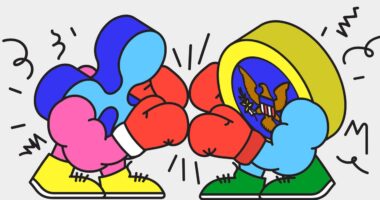AN ANCIENT Peruvian civilization drugged children with psychedelics before sacrificing them in a religious ritual to their Gods, scientists now claim.
New research shows the Nazca society drugged at least one young child with the hallucinogenic San Pedro Cactus before their death.
The research, to be released in the December 2022 issue of the Journal of Archaeological Science, centered on the remains of 22 individuals found in the Yauca Valley, Cahuachi, and Estaqueria in Peru – known Nazca ruins sites.
Out of the samples, only eleven dated to the Early Nazca Period, including two individuals who tested positive for “psychoactive substances” – a female and a child.
This was discovered through testing hair found on the female and child’s trophy heads.
Specifically, the child tested positive for a high level of “mescaline” – a hallucinogen brought on by the high consumption of the San Pedro Cactus.
Meanwhile, scientists determined that the female had chewed coca leaves before she died.
This research is purportedly “the first proof” that some trophy head victims were drugged before their death.
“The trophy head is the first case of the consumption of San Pedro by an individual living on the southern Peruvian coast,” lead author Dagmara Socha told Live Science.
“It’s also the first evidence that some of the victims who were made into trophy heads were given stimulants before they died.”
Most read in Tech
The study’s authors described the female and adolescent trophy heads as “rare” as the majority found belonged to adult males.
“The results of the study support the idea that some of the trophy heads dated to the Early Nazca Period could have been obtained from ritually sacrificed victims, rather than during warfare,” the study reads.
The study also tested the hair of two male trophy heads – both of which lacked any drug compounds.
They suggest that this could indicate “different social origins of the victims” or other simple factors like hair structure or preservation.
“We actually don’t know how often these [plants] were being used,” Socha said.
“In the case of San Pedro, it’s not well preserved in an archaeological context, and in the case of the coca leaves and Banisteriopsis caapi, they were never found to be growing in this region during that time period.”
While the findings are groundbreaking, the study’s authors also recommend further analysis of their research saying it “may shed new light on the interpretation and evolution of ritual headhunting in pre-Columbian Peru through the ages.”











